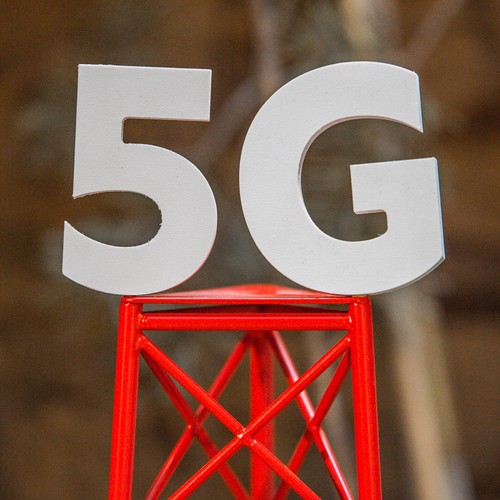
Japan's KDDI has skirted the agonizing over how to monetize 5G by declaring it is good for society.
The telco says its 5G service, set to debut in March, is intended to help solve the problems of society as well as those of its industry partners and consumers.
"We are concerned with society's problems. What are the problems and how can 5G solve them?" said Satoshi Konishi, deputy head of KDDI's mobile technology division.
This included social issues as well as population issues, he said. In Japan the low birth rate, high life expectancy and shrinking workforce meant operators had a responsibility "to make people happier and more excited" about life, he told 5G Asia last week.
He cited a Japanese government document that describes 5G as "indispensable" for solving contemporary problems.
In the government view, today's world, where people drive their own cars and manually search for the content they need, is giving way to the semi-automated era of "Society 5.0," where AI, big data and 5G ensures content will finds users and many decisions are made by machines.
Konishi said engineers tend to forget about why technology is being used, but as an operator KDDI must "always reflect the users' point of view and society point of view."
He said KDDI has been running 5G field trials this year in multiple locations around Japan ahead of the commercial launch.
It has developed more than 50 use cases with industry partners.
One use case, developed with NEC and construction firm Kobayashi, is to remotely operate machinery, enabling trucks and diggers to be controlled from 750 meters away -- a prized capability in earthquake-prone Japan.
Previously the company tried to operate remotely using WiFi, but it encountered high latency and jitter.
With the Tokyo Olympics coming up next July, KDDI has also developed a stadium-viewing app that allows viewers to select any live angle of a sporting event that they want.
Want to know more about 5G? Check out our dedicated 5G content channel here on
Light Reading.
Konishi also shared some insights from KDDI's research arm.
One, he claims, is that millimeter wave indoor propagation proved almost as efficient as sub-6GHz bands.
"We had guessed that 28GHz was not going to support propagation very well," he said.
Trials in a factory setting invariably showed the result was almost the same as for 4.5GHz spectrum, he said.
KDDI and its partners have also come up with a transparent film that acts as an antenna for 4G or 5G indoor cells -- a way of reducing the visual impact of mass indoor deployment.
Known as a visible light transmittance antenna, it uses transparent conductive film developed by TDK.
"You don't have to deploy a regular antenna to transmit signals. You can use this as a basestation," Konishi said. "We have already deployed this antenna indoors."
— Robert Clark, contributing editor, special to Light Reading
Read more about:
AsiaAbout the Author(s)
You May Also Like











